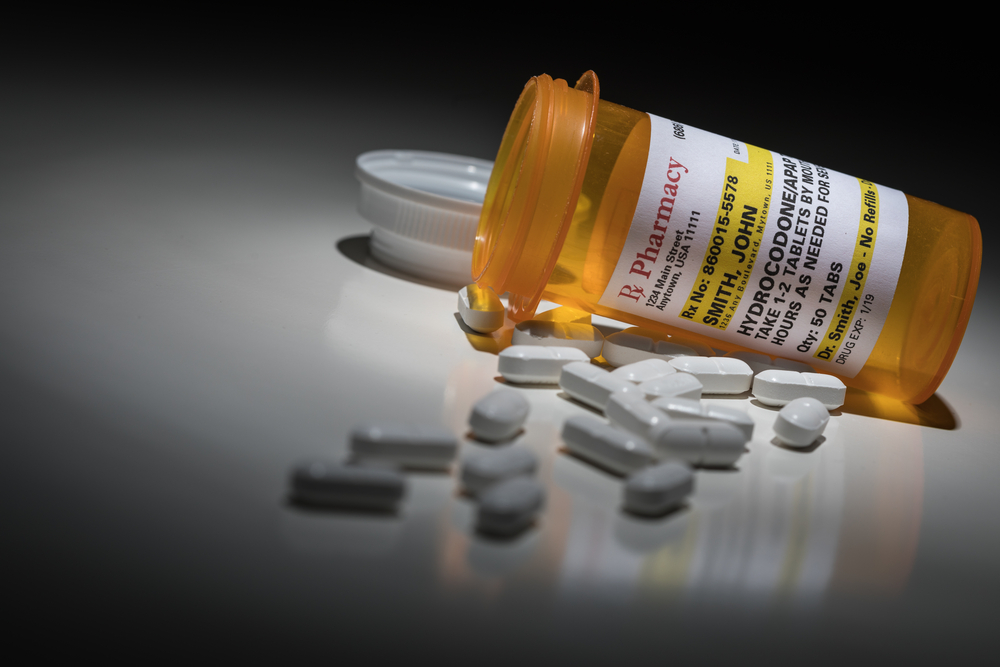People physically dependent on opioids may experience withdrawal symptoms when they suddenly stop using. Symptoms are often unpleasant and can last up to several weeks. The opiate withdrawal timeline depends on several factors, including the type of opioid, the duration of opioid use and the severity of symptoms. Severe withdrawal can be particularly difficult, making it harder to reach a full recovery.
If you or a loved one is struggling with substance abuse or withdrawal symptoms, understanding the effects of opioid use, how to spot withdrawal symptoms and what drug dependence treatment is available can make the recovery process safer and more bearable.
What Are Opioids?
Opioids are a class of drugs that include both pain medication that doctors may prescribe to treat chronic pain, such as oxycodone, and illegal substances such as heroin. Even when used according to instructions from health care providers, prolonged opioid use can lead to a physical dependence on the drug, resulting in severe psychological and physical symptoms when trying to quit.
Individuals who use illegal opioid street drugs or misuse opioid medication, meaning they’re taking larger quantities than prescribed, are at an increased risk of developing a substance use disorder.
Commonly Prescribed Opioid Painkillers
Opioids are intended for short-term use, such as managing pain after a major surgery. Some people may be prescribed opioid medications to treat pain caused by chronic illnesses like cancer. Common prescription opioids include:
- Morphine
- Oxycodone
- Fentanyl
- Codeine
- Oxymorphone
- Tramadol
- Hydrocodone
How Opioids Affect the Brain
Opioids bind to opioid receptors in areas of the brain, spinal cord and other organs, particularly those involved with pleasure and pain. Once attached to these receptors, opioids disrupt pain signals transmitted from the brain to the body, releasing large amounts of dopamine and dulling perception of pain.
This dopamine release is associated with pleasure, leading to repeated opiate use and abuse to achieve the desired effect. Since dopamine is used to enforce pleasurable activities such as being around family or friends, engaging in hobbies or exercising, the dopamine release from opioids is telling the brain to keep taking more, which is why the drug is so addictive.
While opioids can help relieve pain or cause euphoria, they can also cause harmful effects such as:
- Confusion
- Drowsiness
- Nausea
- Constipation
- Slowed breathing
Signs of Opioid Addiction
Signs of opioid addiction are usually short-term physical and psychological symptoms. Common symptoms may include:
- Flushed skin
- Heaviness of limbs
- Clouded thinking
- Euphoric rush
- Nausea and vomiting
- Severe itching
- Slowed heart rate
- Drowsiness
Atypical reactions may also occur that can last for a day or longer from street drugs not tested for purity and safety. Some batches may include poisonous materials or chemicals and cause side effects such as anxiety, chest pains, tremors, palpitations, headaches and shortness of breath.
Opioid Withdrawal Symptoms
Opiate withdrawal can occur in anyone with a drug dependency, especially if they quit cold turkey. Individuals can experience mild to severe symptoms, depending on the person and their drug use. Symptoms may include:
- Muscle aches
- Bone pain
- Insomnia
- Anxiety
- Diarrhea
- Sweating
- Chills
- High blood pressure
- Increased body temperature
- Racing heart
What Causes Opioid Withdrawal?
Short-term use of an opioid medication prescribed by a doctor can be safe and beneficial for reducing pain. However, long-term use can result in building up a tolerance, which means an individual will need to take a larger dose of the drug to achieve the same desired effect. Over time, this can lead to larger quantities of opioids, resulting in a physical dependency on the drug.
Once a person is physically dependent, stopping opioids becomes extremely difficult. They’ll most likely experience opiate withdrawals if they reduce their dose or suddenly stop taking the drug altogether. This can lead to a never-ending cycle where a person constantly tries to cut back, only to experience opiate withdrawal symptoms and take the drug again for relief.
Opioids can also be dangerous or even life-threatening if the dose taken is too high, leading to side effects such as slowed breathing, nausea or extreme drowsiness.
How Long Does Opioid Withdrawal Last?
The duration of opiate withdrawal symptoms depends on many factors, including the type of opioid that was taken. For example, longer-acting opioids such as morphine can cause more severe symptoms, while short-acting opioids like codeine may cause milder symptoms. The duration of opioid use, dose taken, time between doses and duration and severity of symptoms can also contribute to the withdrawal timeline.
Typically, symptoms will kick in between 8 and 30 hours after the last dose and continue for about 4 to 10 days. Here’s what a typical timeline might look like:
- 8 to 24 hours: Withdrawal will begin for short-acting opioids such as heroin, fentanyl and codeine. Symptoms can include drug cravings, headaches, irritation, loss of appetite and trouble sleeping.
- 1 to 3 days: Withdrawal begins for long-acting opioids such as oxycodone extended release. Symptoms can include excessive sweating, abdominal cramps, dilated pupils, panic attacks, runny nose, vomiting, shivering and fatigue.
- 4 to 7 days: Withdrawal starts to peak for long-acting opioids and can include symptoms such as stomach cramps, insomnia, fatigue, irritation and depression, along with earlier symptoms. By day seven, symptoms start to subside.
Symptoms can often be intense, uncomfortable and debilitating, especially during the peak of withdrawal. Professional help can reduce the effects of symptoms and make the withdrawal process more manageable.

Opioid Withdrawal Management and Treatment
Withdrawal from opioids can be intensely uncomfortable and even dangerous, depending on the situation. Medically supervised treatment can provide a variety of medications that help reduce the severity of symptoms and shorten the drug detox timeframe.
According to the Substance Abuse and Mental Health Services Administration (SAMHSA), medication-assisted treatment (MAT) is clinically effective and has been shown to improve patient survival rates and decrease illicit opioid use among people with substance abuse disorders. MAT uses a combination of medications, counseling and behavioral therapies for substance use treatment.
Medications that may be used to reduce the withdrawal timeline include:
- Antidepressants
- Benzodiazepines
- Opioid antagonists
- Opioid agonists
- Non-opioid agonists
- Partial agonists and antagonists
- Tapering medications
Medication is usually only the first step in the recovery process. A combination of long-term addiction treatment, counseling, therapy, support groups and emotional support from loved ones or what they call holistic addiction treatment is the most effective method to prevent relapse and achieve lifelong abstinence.
Seek Help for Drug Abuse
Overcoming an addiction is hard, especially without proper supportive care and treatment. If you or a loved one is struggling to end their opioid use because of uncomfortable withdrawal side effects, Ranch Creek Recovery in Murrieta, CA, is here to help. Contact us today by calling (877) 997-8931. Our trained staff is waiting to take your call and help you take the first step toward recovery.














